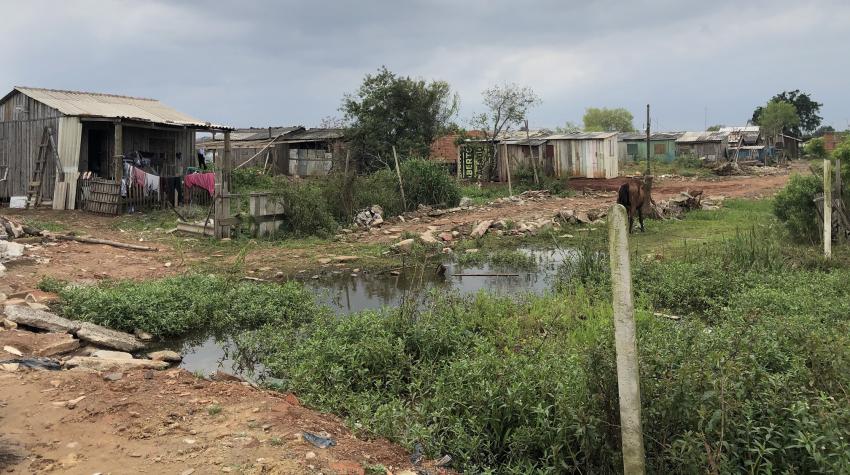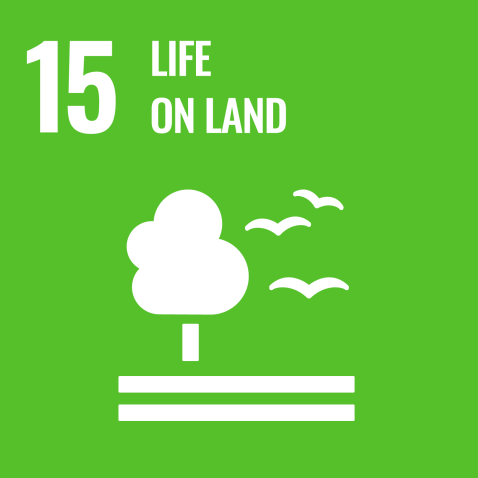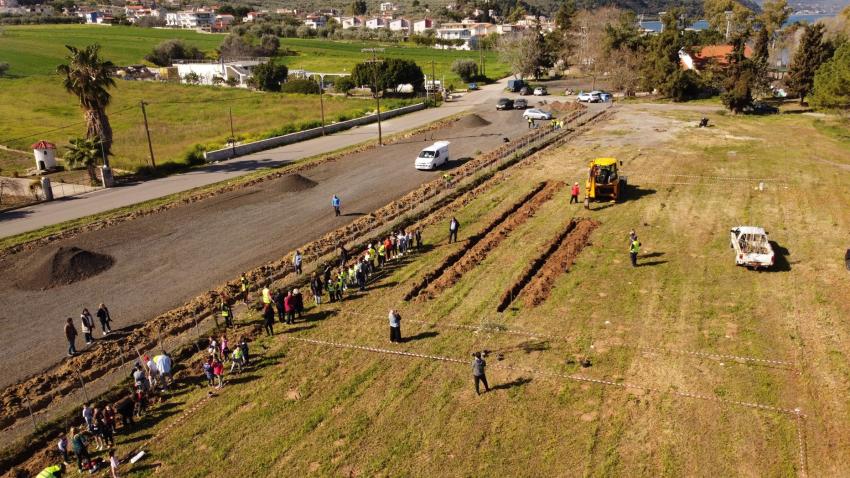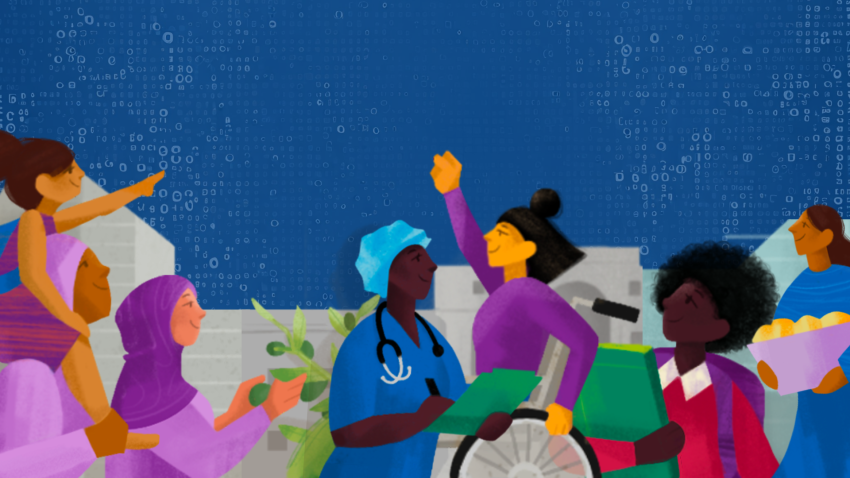While restrictions associated with the COVID-19 pandemic are being eased and the new normal is a reality worldwide, for many, particularly those who are ‘socially invisible,’ the recovery might be much more challenging. For instance, prior to the pandemic at the end of 2018, many families living in areas of São Leopoldo, southern Brazil, became the target of an eviction order. A vast majority of these populations were in vulnerable areas prone to environmental hazards.
The University of Vale do Rio dos Sinos (UNISINOS), a member institution of the United Nations Academic Impact (UNAI) in Brazil, decided to partner with various stakeholders to create the Missão pela Moradia Digna or ‘Mission for Decent Housing’ in Portuguese, a movement focused on addressing challenges in vulnerable communities while liaising with authorities.
This also is directly connected with the 2030 Agenda for Sustainable Development and, in particular, Goal 11: Sustainable Cities and Communities of which UNISINOS acts as its Hub within UNAI. The first target of this Goal states that by 2030, Member States of the United Nations should “ensure access for all to adequate, safe and affordable housing and basic services and upgrade slums.”
Furthermore, UNISINOS also decided to spearhead a solidarity network with civil society organizations, the municipality, and local leaders at the community level, in light of the effects of the COVID-19 pandemic. From the side of the university, a team composed of professors, staff, and students from different disciplines, led by Professor Marilene Maia, integrated this network as part of the ongoing efforts to help the communities.
The in-loco monitoring of the communities proved to be relevant. It showed the need to scale up such monitoring, provide assistance in the land regularization processes, and understand more deeply about such communities in terms of familiar structures and social, economic, and educational profiles. This information is of critical importance to then propose and designing people-centered solutions.
“After finding out that the authorities did not have an updated database, we proposed this project of social cartography of occupied urban areas at São Leopoldo in order to collect data and organize actions,” said Professor Maia. It was launched at the beginning of 2021 and continues until this day. The initial efforts resulted in several e-meetings out of which a web application was developed for interviewing community leaders and others.
In addition, the community called Renascer or ‘Reborn’ in Portuguese was particularly chosen as part of a pilot project to integrate social and georeferenced physical data into a GIS-based system. The first results of the data analysis were, in the words of those behind the project itself, quite shocking. It was revealed that Renascer was an ‘invisible’ community.
Although the term ‘invisible’ has re-emerged in social sciences research, it is still relatively unknown. But the leader of this community, Adroildo Gonçalves, has a clear definition of it. “Social invisibility means people do not have access to basic sanitation, water, and electric power supply because they do not have a valid address. Without an address, health agents do not visit our homes,” he explained.
This invisibility hid other social aspects. Professor Francisco Tognoli reviewed the database collected after interviews in three communities, including Renascer. Data revealed that approximately 48% of the population is composed of children under 12 years old, and 21% were born after the current pandemic. Moreover, almost half of the families receive some official assistance from the government.
The last number indicates as well that an almost equal percentage of the population is outside any social protection scheme, and hence, may experience a higher degree of vulnerability. Half of the adults are unemployed, and 34% work informally. Moreover, 65% of the families survive with less than one Brazilian minimum wage (US$210 per month), and food donations are fundamental to guarantee their food security.
The data also revealed that before living in these communities, a quarter of the families were homeowners, and 45% lived in rented houses. Professor Tognoli commented, based on these numbers, that the increase of people living in the so-called urban locations within geologically unstable areas is a direct consequence of the social, political, and economic crisis aggravated in the last years.
The combination of large social issues such as unemployment, the devastating consequences of the pandemic, and inflation has decreased people’s purchasing power and the well-being of low-income families. The expectation is that this research conducted by the university will help shape better-informed policies to change peoples’ lives for the better.
“We have discovered challenges concerning major social problems involved in a more complex political and economic framework. But we have another 14 communities to cover and analyze. The work is just starting,” highlighted Professor Maia.




